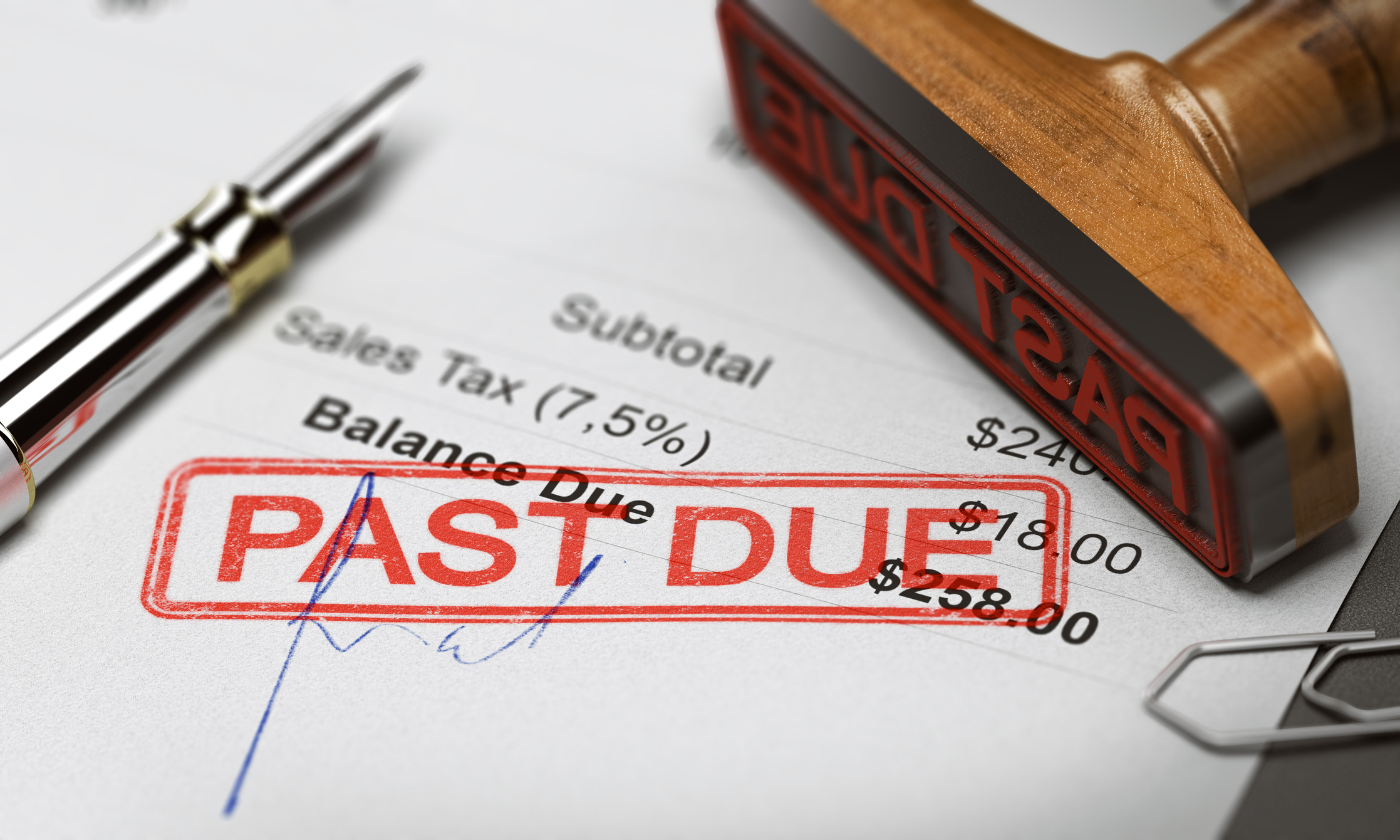Customers expect HVAC companies to be on time, quick and efficient. What should you expect in return? Payment. Sadly, so many customers “forget” that part of the transaction.
Payment can be a touchy subject. Some technicians feel awkward asking for payment while some customers try to avoid the topic. But payments – and a process to collect them – are essential to long-term fiscal growth.
When bills are left unpaid, company owners and managers only have a few options:
- Talk to the customer directly
When calls, letters and emails go unanswered, company owners and managers should speak to the customer face-to-face. Perhaps the customer fell on hard times or didn’t realize the bill was unpaid. Or maybe the customer didn’t want to pay or decided the charge was too high. Either way, it’s crucial to determine why the customer is not paying to determine the next steps. - File a mechanic’s lien
If the customer continually dodges your calls and appears to have no desire to pay, then the next step could be a mechanic’s lien. Also called a construction lien or property lien, a mechanic’s lien is a legal claim that attaches to the property title. For the lien to be cleared, the unsettled debt must be paid before the property is sold. - Sue for breach of contract
In addition to a lien, unpaid HVAC contractors can file a lawsuit in regular civil court or small claims court (depending on the amount being sought) to recover financial losses.
Ultimately, however, all of these options require time and effort that take away from business growth and prosperity. Instead, HVAC companies are better served by establishing a payment protocol early on.
Alex Viola, an EverRest regional director, said customers must know about the payment expectations when booking the appointment. He suggests technicians use a simple statement at the customer’s door:
“Are you aware of today’s service charge?”
From the simple question, there are only two responses: yes or no.
- If the answer is yes, then the customer knows money is due at the time of service.
- If the customer says no, the technician should explain the charges for the service call and the process for authorizing repairs.
- If the customers say they don’t have any way to pay, the technicians should politely excuse themselves to call the office and explain the situation. If the office doesn’t give authorization to continue with the service call, Viola suggests going back to the front door.
“You politely tell your client you’re not authorized to do the work without some form of secured payment, Viola said. Tell the customer, “Once everything is taken care of and back on track, give us a call, and we’ll come right back to you.”
In the end, HVAC companies are better served with a payment process to ensure they won’t be left high and dry by customers who never intended to pay in the first place. Once inside a paying customer’s home, technicians can perform Lead Generator Tasks and use Mandatory and Secondary Lead Conditions for comprehensive service.

